Surprising Stories: A Princely Wager at Bagatelle
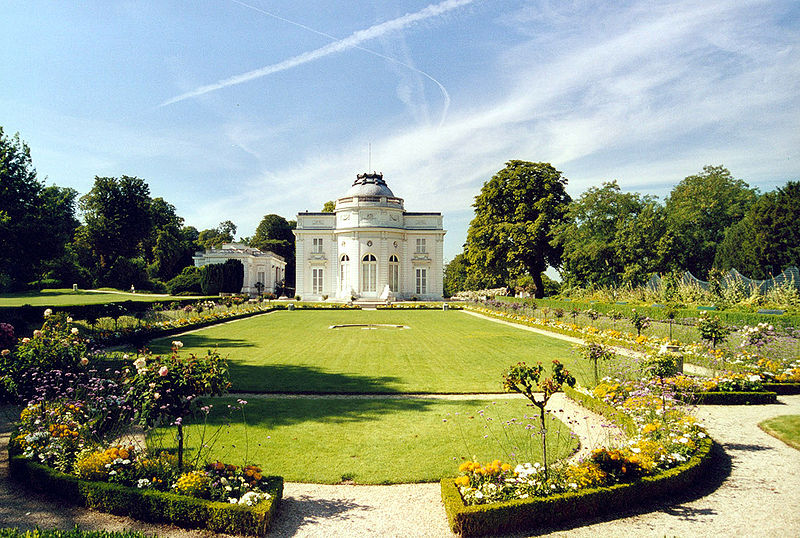
La parc de Bagatelle Photo: Patrick Giraud / CC
Many of the public parks in and around Paris were created over three hundred years ago by the royal family or wealthy aristocrats. These private gardens were designed as places of play and amusement where the owners indulged their tastes for the latest fashions, hiring talented landscape architects who created green lawns, a new innovation, surrounded by exotic flowers, trees and shrubs whose blooms perfumed the air. This week’s Surprising Story takes us to one of the most notorious of these gardens, the Parc de Bagatelle, which was born out of a costly royal bet, between prince and the queen, whose rivalry has left us two of the most remarkable historic gardens in France.

The Garden Façade of Bagatelle, Jean Démosthène Dugourc (1779) The Met.
In 1777 the Comte d’Artois, Louis XVI’s younger brother, bet his sister-in-law, Queen Marie-Antoinette, that he could build a hunting lodge and gardens in less than 64 days. An avid gambler, like the prince, the queen was quick to accept the bet and didn’t hesitate at the steep wager of 100,000 livres, an astronomical sum at time even for the royal family. Artois claimed that his Bagatelle, a little jewel, would be ingeniously financed by the wager, would be even more beautiful than the queen’s residence and gardens at the Petit Trianon.
Overseen by architect François Belanger (1744-1818), Artois hired over 800 masons, builders, and gardeners who worked night and day to meet the tight deadline. Artois won the bet, surprising the queen with a “small but suitable” villa that we can still see today. However, it was not until three years later, in 1780, that the queen was invited to see the gardens. By that time Artois had tasked Scottish gardener Thomas Blaikie (1750-1838) to create one of the most modern picturesque gardens of the era, where the display of exotic trees and flowers did in fact rival the queen’s famous garden retreat at the Petit Trianon
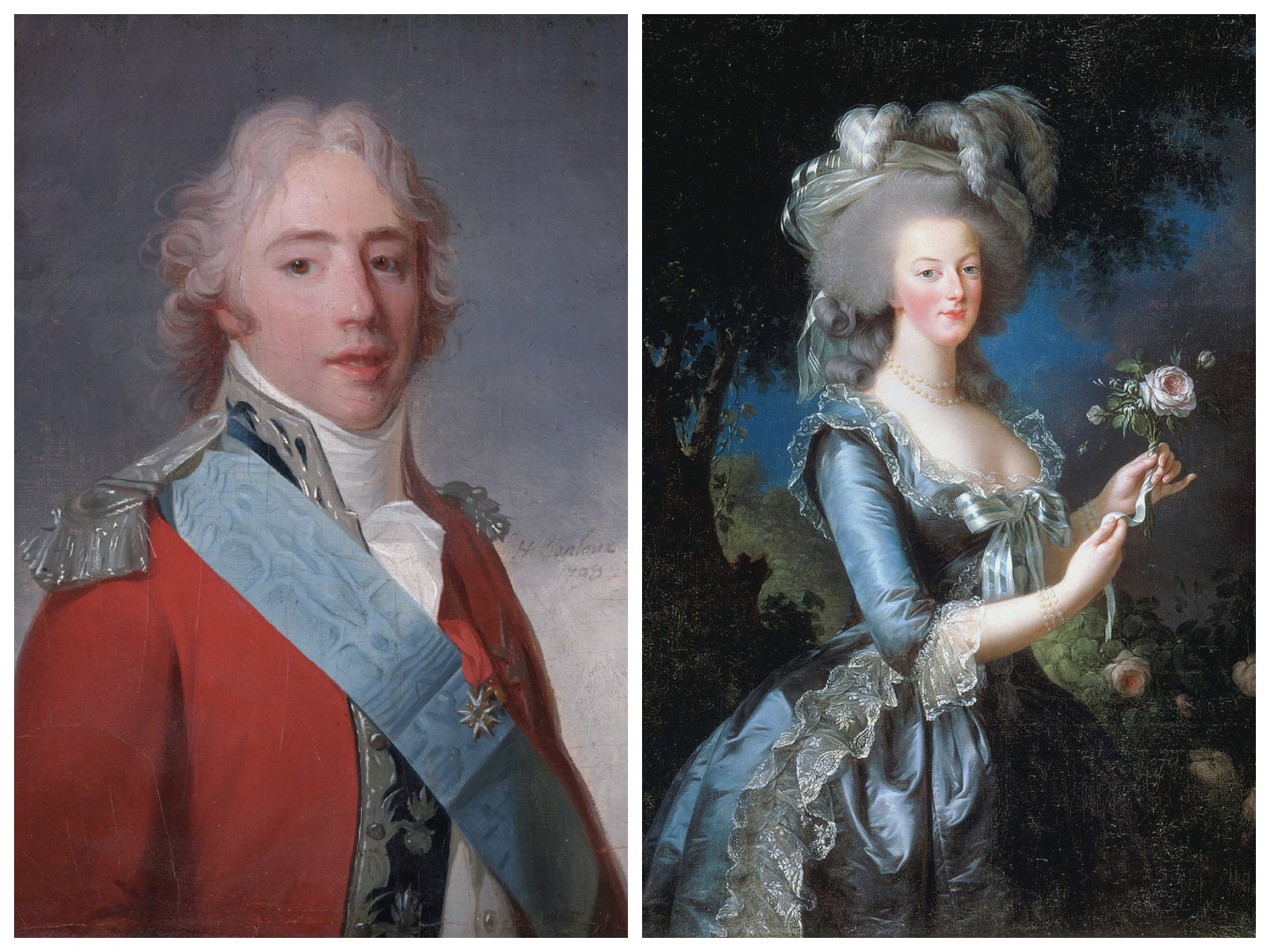
Comte d’Artois by Henri-Pierre Danloux (1798) Sotheby’s, Marie-Antoinette by Elisabeth Vigée Le Brun (1783), Château de Versailles
Artois hosted a magnificent party in celebration of the queen’s visit, which Blaikie vividly described: the queen arrived in her carriage, musicians were hidden in the woods, booths made of branches of trees hid actors ready to surprise and enchant the royal entourage. A fake wall was placed as the queen entered the park, and upon the queen’s word, like magic, the wall disappeared revealing the green lawns, flowers, and exceptional trees leading to the villa. In a tent in the garden the royal family and guests watched a popular comic opera, played billiards, and dined on delicacies, a buffet delivered by underground tunnels from the kitchens to the ground floor apartments. The evening ended with a sumptuous display of fireworks.
Once the festivities were over, the fame of the garden quickly attracted a growing number of visitors. Today we can still admire Blaikie’s pagoda, abbey, water cascades and his selection of exceptional trees such as cedars, sequoias, and a monkey puzzle tree from Australia.
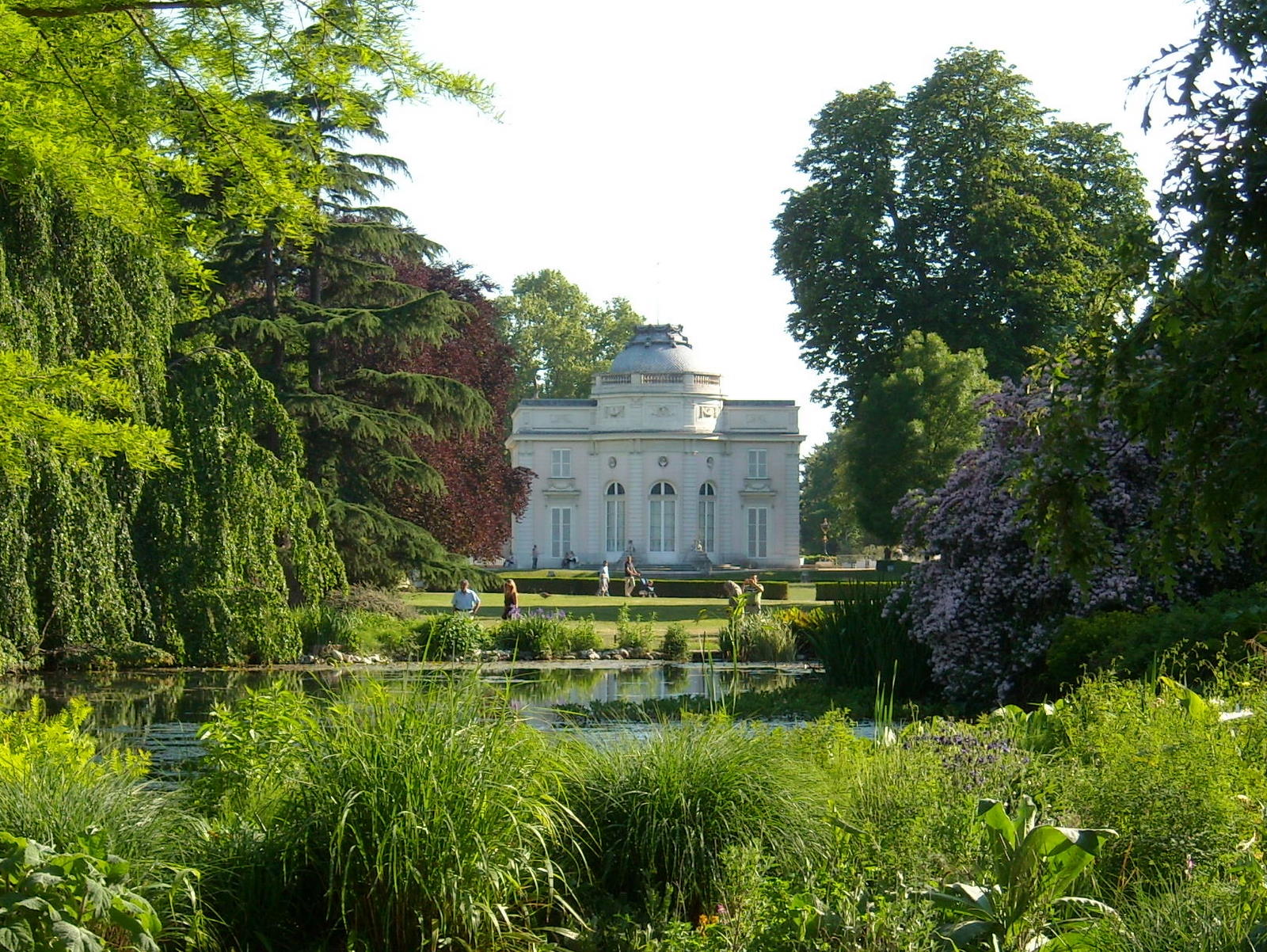
Parc de Bagatelle. Photo: Benchaum / CC
Confiscated during the Revolution, Bagatelle was later reclaimed by Artois when he became King Charles X in 1824. After Artois was overthrown by the July Revolution of 1830, the chateau rapidly deteriorated, nevertheless, the site and the gardens went on to attract prestigious owners. During the nineteenth century the property belonged to Lord Hertford who restored the castle, built an orangery, and enlarged the estate. He died in 1870, the year of the siege of Paris, and it was his son, Sir Richard Wallace, who inherited Bagatelle along with a rather colossal fortune.
His name might ring a bell for several reasons. Sir Richard Wallace is considered a benefactor of the Parisians: he supported them materially during the siege although he is better known for financing all the drinking fountains in Paris, which today bear his name. Most of this collection of 18th century art was bequeathed to the Wallace Collection in London. Wallace died in 1890, however, his heir could not maintain the domain, leading to the city of Paris acquiring the gardens, chateau and orangery in 1905.

Rose Garden at Bagatelle. Photo: Creative Commons
The municipality opened the garden open to the public and hired one of the most important 20th century landscape architects, Jean Claude Nicolas Forestier (1860-1930) to restore the park. He added a rose garden in 1907, one of the first and oldest in the country, which now comprises almost 10,000 roses of 1,100 varieties. Forestier also created an enclosed garden in a then fashionable Hispano-Moresque style garden for the display of irises.
Want to relive the wager? A visit to Bagatelle is perfectly paired with a visit to le Petit Trianon, which we can arrange on a custom excursion at any time of the year. Our signature Picturesque Voyage garden tours visit sites off the beaten path in the beautiful parks and gardens and away from the crowds of central Paris. You can learn more about our garden tours here or feel free to email us to create the perfect tour to suit your interests and itinerary.
References:
Patricia Taylor, Thomas Blaikie: The Capability Brown of France 1751-1838, 2001.

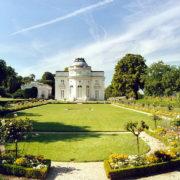
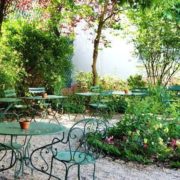
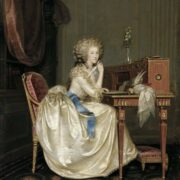

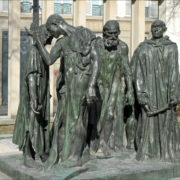
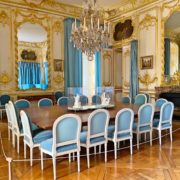



Leave a Reply
Want to join the discussion?Feel free to contribute!